‘Exceptional’ prehistoric canoes found at bottom of Italian lake. See Neolithic finds
As divers scoured the floor of an Italian lake off the Mediterranean, the wooden edge of a canoe poked out from the dirt.
The lake, just outside modern-day Rome, was once home to an ancient people before the water rose and time moved on.
Archaeologists began searching the lake for evidence of ancient civilizations in 1989, but it was only recently they made one of their biggest discoveries.
Wooden canoes, almost perfectly preserved, were buried in the sediment in the bottom of the lake.
They may be the oldest ever made in the region, according to a new study published March 20 in the journal PLOS One.
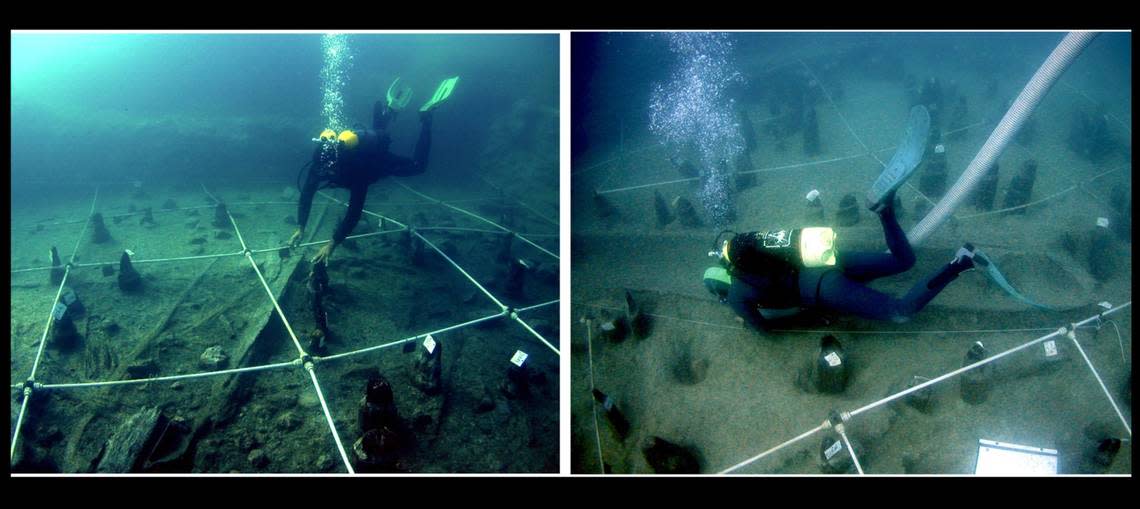
“The dugout canoes at La Marmotta are undoubtedly exceptional examples of prehistoric boats and nautical systems,” the researchers said. “Their size, the other elements associated with them, and the variety of tree species make this site a compulsory point of reference in any discussion on the neolithisation process around the Mediterranean Sea and the origins of sailing.”
The research team found five wooden canoes, ranging in size, shape and material on the bottom of the lake, according to the study.
The first canoe was “huge,” the researchers said, more than 30 feet long and made from the trunk of an oak tree. There were also carved holes in portions of the canoe, suggesting ropes may have been tied to the vessel and even a sail, according to the study. It could have also been attached to another boat, appearing like a catamaran, which would have offered “greater safety and stability” for moving people, animals and goods on open water.
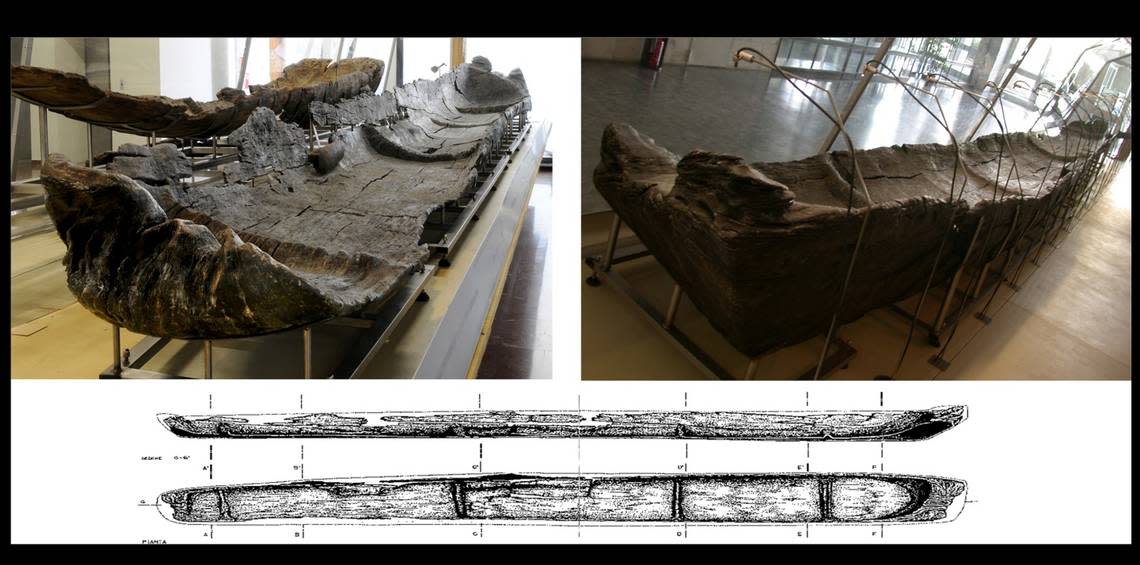
The second canoe, more than 15 feet long and made from an alder tree, is thought to have been a fishing boat or a vessel for transporting people and small animals across the lake, the study said. It was found with an additional large piece of wood with a carved hole, suggesting “its function might have been … to secure the canoe when the water level rose in the lake,” the researchers said.
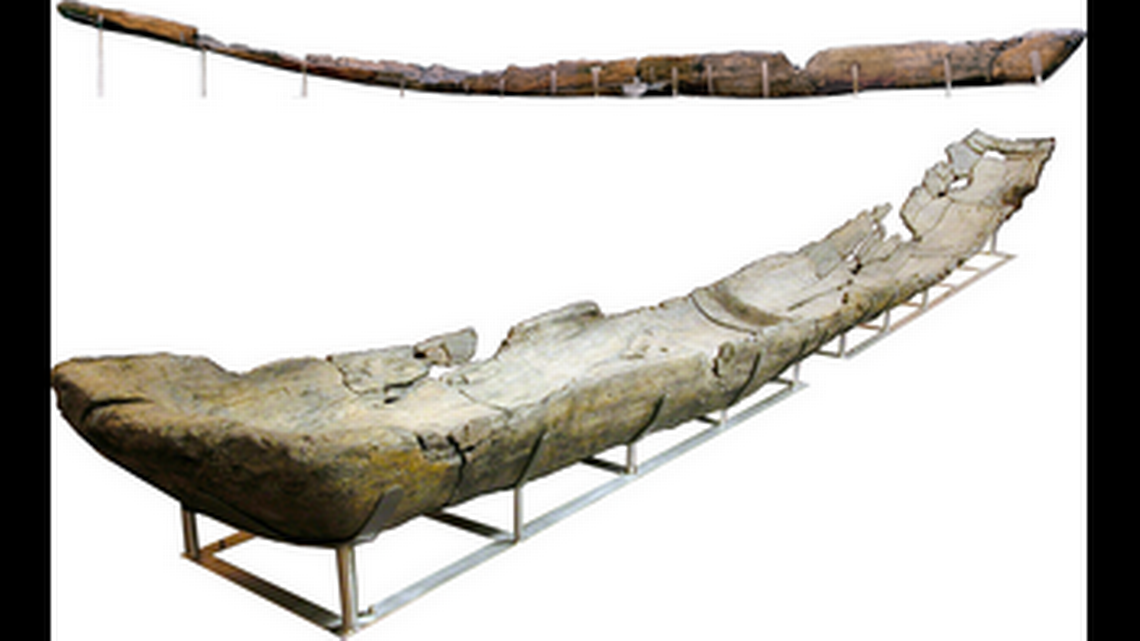
Another canoe made of alder was also found with reinforcements similar to the first canoe, the researchers said, and was similar in size at around 25 feet long. There were three sticks attached to the canoe as it sat on the bottom of the lake, meaning it was once on land and being held in place, according to the study.
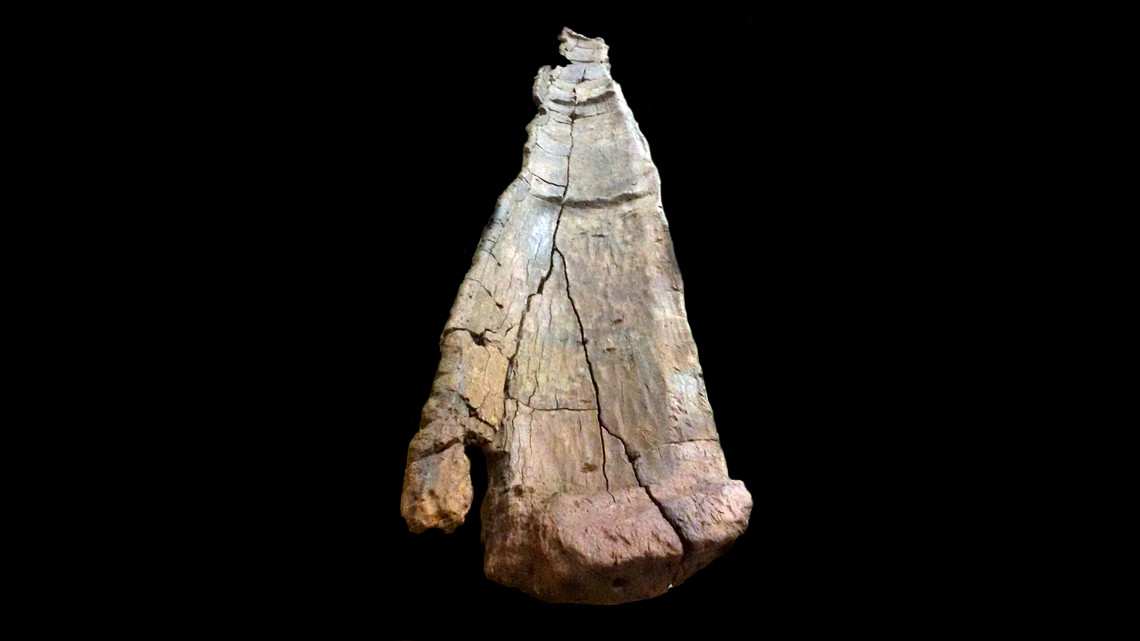
A fourth canoe, less preserved than the others, was made from a poplar tree, the researchers said. Because it had deteriorated, its accurate size could not be measured, and it had a large fracture from the stern.
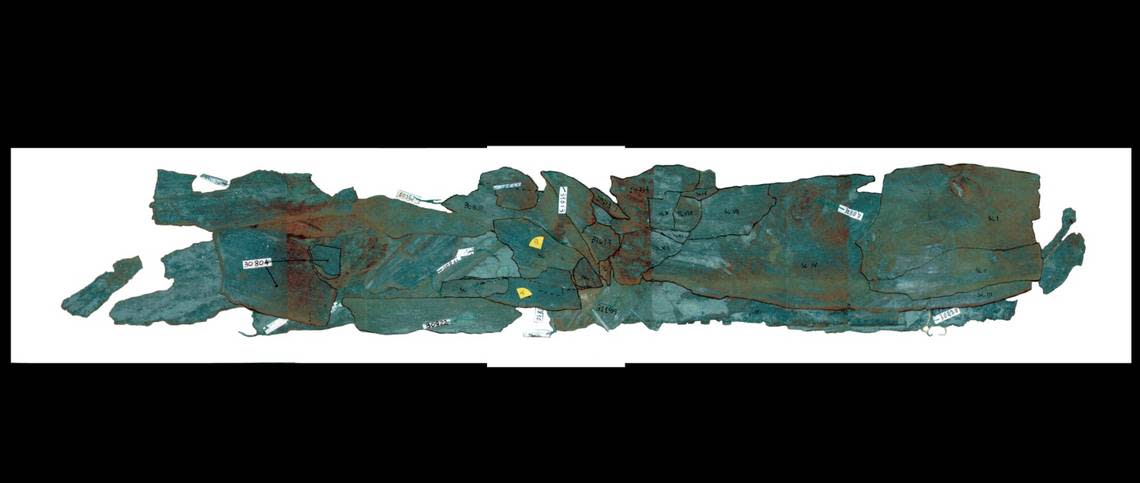
The last canoe, an 31-foot boat made from a beech tree, was found in parts and was likely larger than what could be measured, the researchers said. There were reinforcing marks made on the truck of the tree used for the canoe, according to the study.
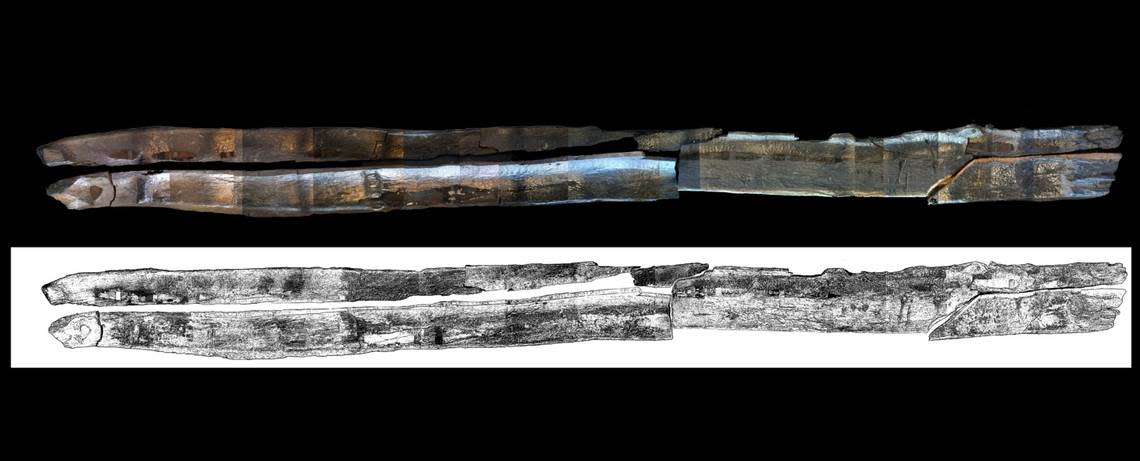
“The studies conducted on the canoes from La Marmotta show that they were carved with polished adzes and axes,” the researchers said. “At La Marmotta, woodworking has been clearly attested by the use-wear study of the stone adzes and axes recovered in the excavations.”
The researchers used radiocarbon dating to determine the age of the canoes, a process that measures how carbon breaks down over time.
They found the canoes had been carved between 5700 and 5100 B.C., meaning they are “the oldest known Neolithic boats,” the researchers said.
“These canoes at La Marmotta, and the occupation of many islands in the eastern and central Mediterranean during the Mesolithic and particularly the early Neolithic periods, are irrefutable proof of the ability of those societies to travel across the water,” according to the study. “This is enormously significant, because all the canoes found at European Mesolithic and Neolithic sites are associated with lakes and therefore with sailing in those waters.”
The size of the boats alone prove they must have been used for larger distances of travel, the researchers said. Lake Bracciano, where the La Marmotta site sits, is connected to the Mediterranean Sea by the River Arrone. The river runs for just under 25 miles, and “it is therefore possible that (the canoes) were used to cover” the distance, and “were used both in the lake and on the sea.”
Other artifacts found at the site, like pottery and white ceramic figurines, originate from Greece and the Balkans, so the boats may have been used to reach far off lands for trade and commerce.
“These canoes and nautical technology are undoubtedly reminiscent of much more recent navigation systems,” the researchers said. “This shows that many of the major advances in sailing must have been made in the early Neolithic.”
The canoes were found at Lake Bracciano, about a 25-mile drive northwest from Rome.
4,300-year-old tomb of palace official found in Egypt. See its ‘wonderful’ decoration
Tomb raided by grave robbers held ancient couple in China — and 2,000-year-old relics
2,000-year-old tombs — filled with weapons and animals — unearthed in China. See them
Ancient baby cemetery found next to 1,700-year-old homes in France, researchers say
